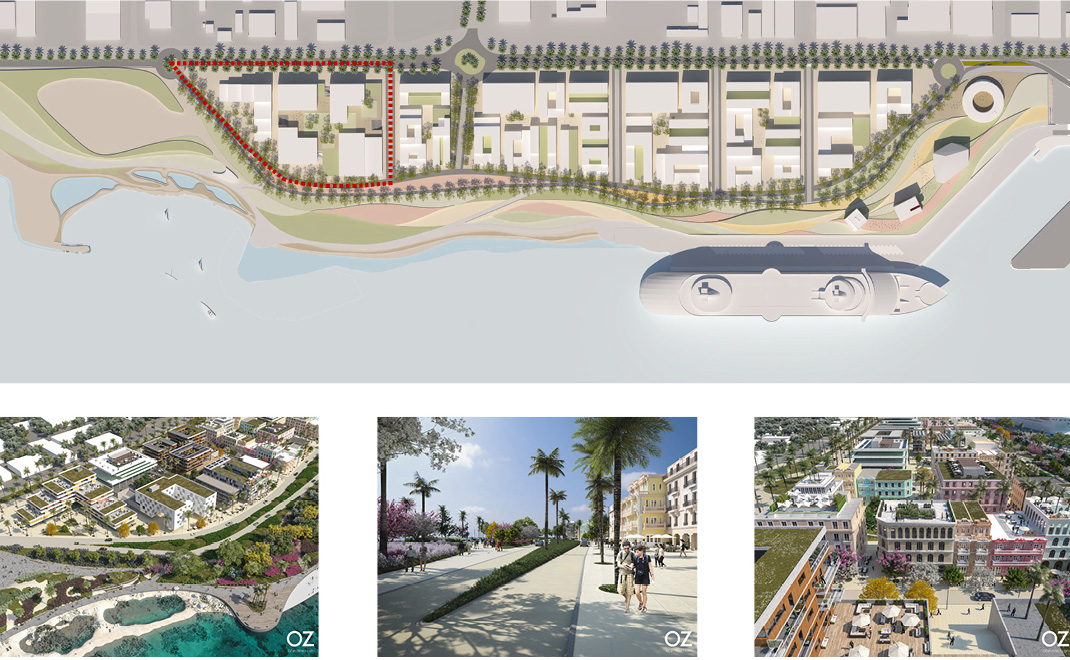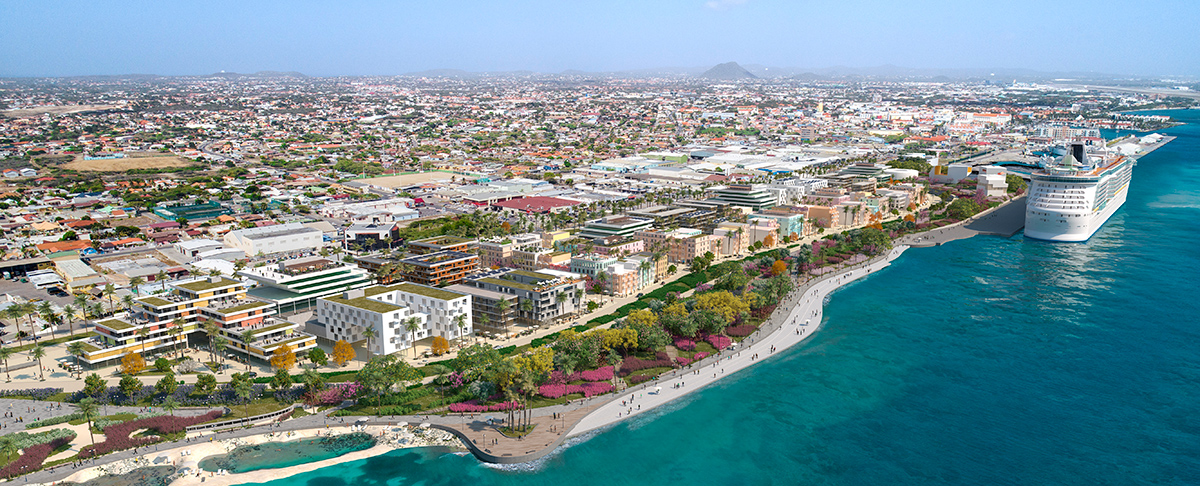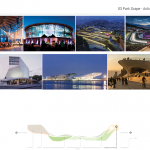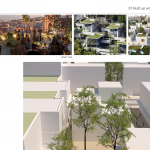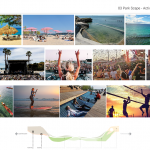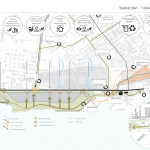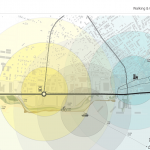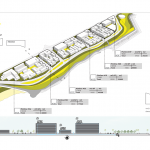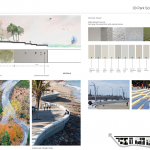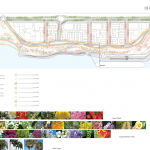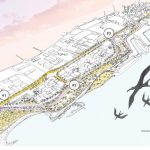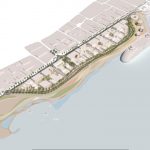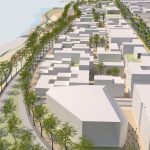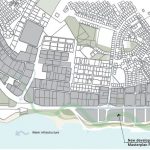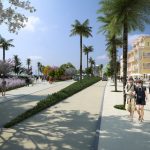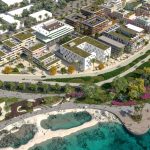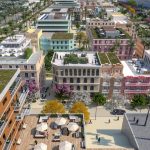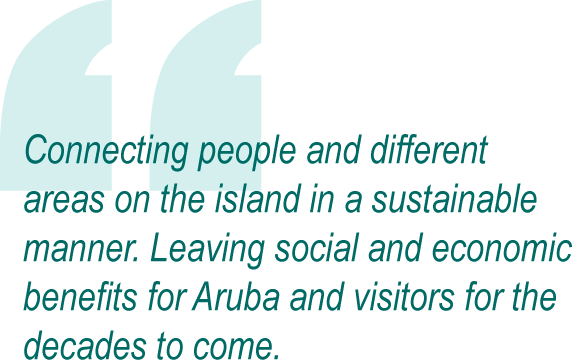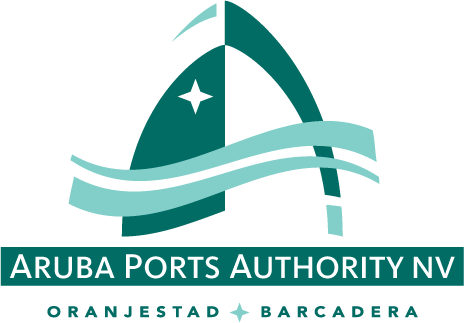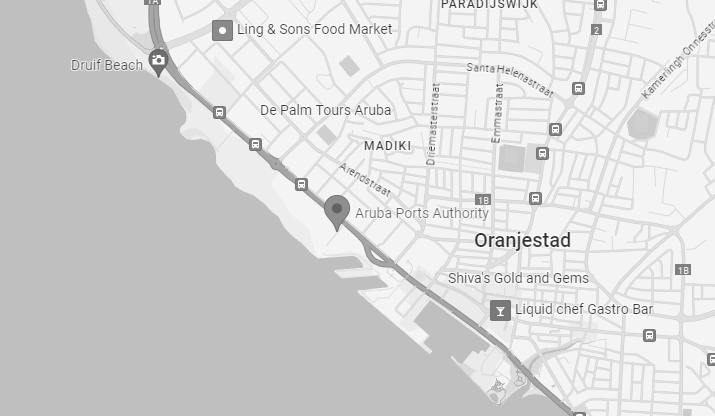Port City Oranjestad Project Timeline
1995 – First (urban) plans for the transformation of the cargo port area; for two decades’ multiple plans were drawed up and reviewed by various governments; the common line has been an approach of a balanced ratio of Public Park versus the development of the commercial real estate.
January 2008 – Declaration of shared intention between Land Aruba / APA on conditions for the redevelopment of the Oranjestad port area.
March 2014 – Official decision to invest and develop Barcadera as a (container) cargo port.
February 2016 – Relocation of the cargo port.
November 2016 – Former cargo port area demolished.
December 2016 – Area vision and design principles prepared by APA / Port of Amsterdam International presented and approved by the Parliamentary Commission and the Government of Aruba.
May 2017 – Assignment for design Urban Development Plan awarded to Oever & Zaaier (OZ) Architect.
May 2017 – Start of the jointly project team APA, PoAI, DIP, DOW.
June 2017 – First sketches and impressions of the area by OZ shared at international cruise conference on Aruba (PAMAC)
July 2017 – Update Minister of Infrastructure & the Infrastructure Team (based on the first OZ sketches and impressions)
July 2017 – Meeting Min of Infrastructure & the Infrastructure Team on Concept Urban Development plan by OZ; information session and consultation of various involved stakeholders, private/public and NGOs.
October 2017 – Phase 1, Concept Provisional Design Urbanism plan, work-in-progress
January 2018 – Phase 2 Detailing of the Provisional Design of the Urban Development Plan, elaboration of Appearance Direction Plan, Parcel Passports, , still work-in progress
January 2018 – Presentation of the Provisional of the Urban Development Plan, working-progress to the Ministers of Tourism / Ports and Infrastructure.
February 2018 – Market analysis and socio-economic impact analysis by MGM Source; in collaboration with the Aruba Tourism Authority (ATA)
May 2018 – Bridge document, adjustments, specifications in the plan, intended phasing starting from the West Side (Bushiri Beach).
July 2018 – APA delivered complete set of Provisional Urban Development Plan, Concept Business Plan and all attachments.
August 2018 – Approval of the Ministers for Tourism / Ports and Infrastructure by continuing to work out the masterplan.
October 2018 – Presentation to Parliamentary Commission.
December 2018 – Presentation of the Council of Ministers.
February 2019 – Decision of the Council of Ministers for approval of the Master Plan; press release Minister of Tourism and Ports.
July 2019 – The decision of the Council of Ministers for approval of the conditions for issuing commercial plots in sublease by APA.
Jan – Augustus 2020 – Market consultation
October 2021 – Incorporation (findings market consultation) Port City project in Ports Master Plan
September 2022 – Minister Dangui Oduber and Prime minister press release next phase Port City
October 2022 – Legal restructuring APA NV, founding subsidiary Aruba Ports Development NV (for execution of Port City)
November 2022 – Registration of applicable General Terms
January 2023 – Publication reparcelling/ provisional Urban Development Plan
March 2023 – Installation of broad and objective Advisory Committee (participation ATA, DIP, DOW, DAECI, PoA)
May 2023 Expected – Land lease DIP (designated use and determination new land lease)
July 2023 Expected – Actual start of tendering first lots, dependent of governmental administrative decision making
Port City Oranjestad Economic Contribution
- Calculated for the development phase of 20 years, the economic impact is moderately positive, but impact for the construction sector it is still significant, with 6% annually of the forecasted construction activities in all of Aruba.
- During the operational phase, the economic impact significantly increases. The value added indicators move towards a positive with ‘high impact ‘, i.e. over 4.5% of Aruba as a total economy.
- During the operation employment will gradually rise to 2,665 FTE in 2038 (3.8% of total).
- Leading to a population increase of 5,330 in 2038 (3.8% of the total).
- In the first year 4,299 stay-over tourists will be attracted, ascending to ca. 86,589 in 2038. Ultimately about 6% of the total number of tourists, or 1,708 extra visitors on average daily.
ADDITIONAL TAX REVENUES ARE CONSIDERABLE
- Property taxes: from approximately US $100,000 in the first year to annually US $2.9 mln. (excl. inflation) after completion.
- Annual tourist tax ascending to approximately US $9, 3mln in 2038.
- Cumulated tax revenues after 20 years US $23.6 mln. on annual basis (2.7% of the total).
- Import dues of US $370,000 in the first year to US $8.1 mln. in 2038.
TOTAL IMPACT ON GDP
- Growth after the construction period is estimated at US $173 mln. on annual basis (4.4% of the GDP).
DEACI GENERALLY CONFIRMS FIGURES ABOVE AND CONSIDERS THE PROJECT AS:
- “Important to create new and diversified business activities that contribute to a more diversified sustainable economy,
- creation of an attractive living area that enhances inclusiveness among locals and visitors and enhancing the quality of Oranjestad as the main capital of Aruba,
- important that the development is complementary to the innercity of Oranjestad, not competitive,
- of utmost importance that private sector will be the main investor in infrastructure and sustainability as the government sees private investment in Aruba’s development as an important factor in contributing to the economy of Aruba.”
Source: SEIA research MGM Source 2018
SUCCESSFUL LAUNCHING FIRST PHASE IS CRUCIAL
START WITH LOTS OA/OB TO PLACE THE CORNERSTONE UNDER THE OVERALL PROJECT

OPTIMIZATION COMPOSITION:
- A successful launching of the first phase is crucial for the entire project. Based on the advice it seems logical to start with lot OA, westside. OA is the most valued and sought lot, it must therefore be strived for to immediately achieve the intended top quality. Reinforcing this by adding OB in the initial launch.
- Consider start development on lots OG, OF as well.
THE FOLLOWING POINTS SHOULD BE FURTHER ELABORATED IN THE TECHNICAL DETAILING PHASE:
- Making parking even easier and closer.
- Utilize the proximity to the ocean, beach and park best as possible; add as much beach feeling in the park.
- Going one step further in sustainability ambition, with the exploring the feasibilities of grey or black water system and collective sustainable energy and waste processing systems.
- Elaborating a structure for management and maintenance of the (semi) public.
- Evidently the impact of Covid-19, during the consultation procedure urged to adjustments of the start and phasing of the plan. Also new opportunities with renewed creativity, like flex-offices and ‘working from second home market’
Source: APA market consultation 2020
